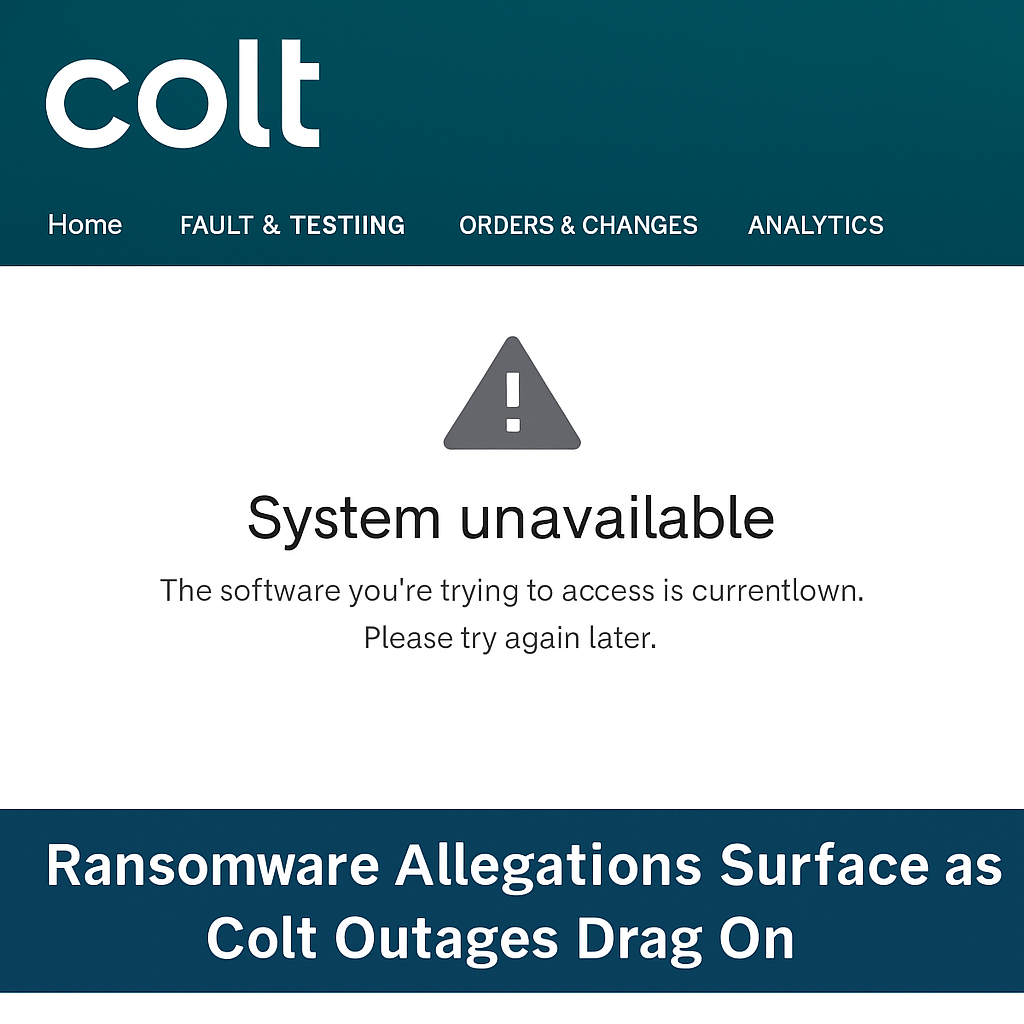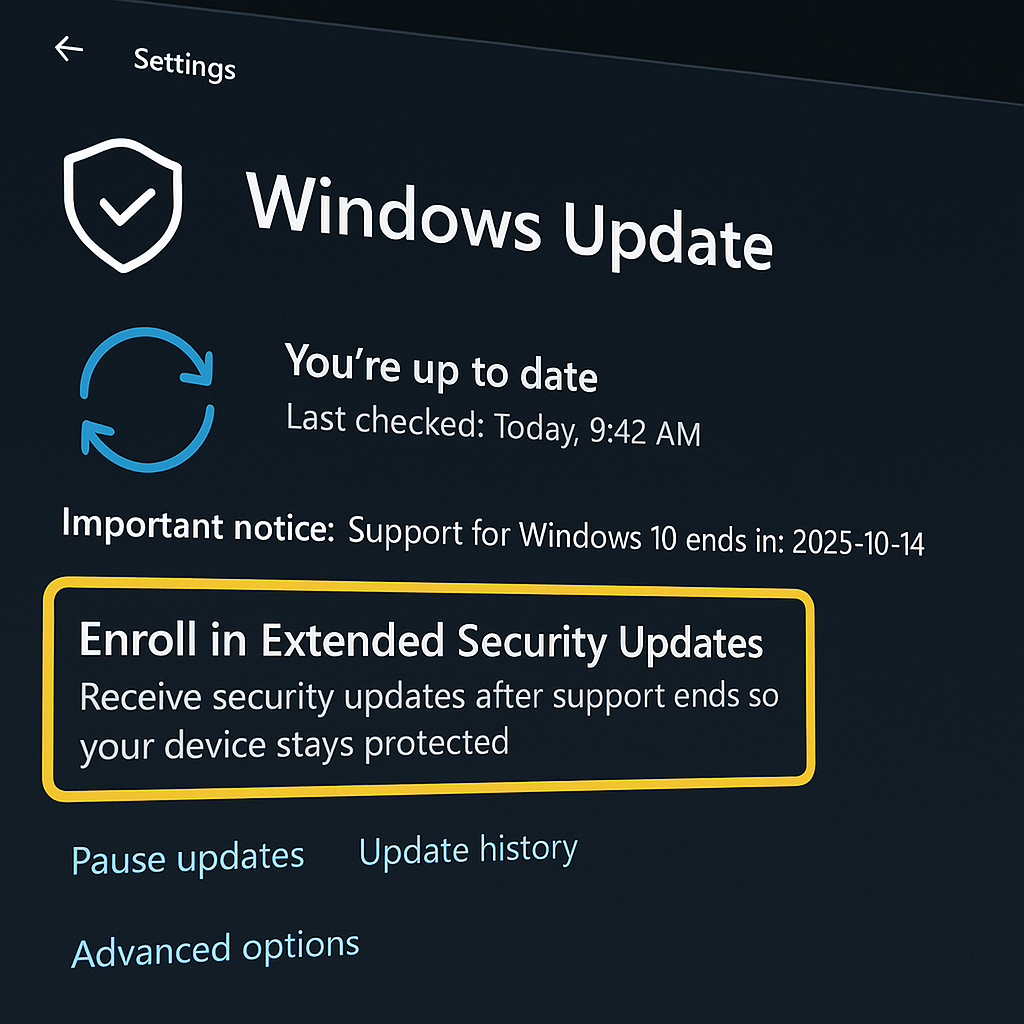Blog
The University of al-Qarawiyyin: Morocco’s Historic Educational Gem

The University of al-Qarawiyyin, located in Fez, Morocco, is widely recognized as the world’s oldest continually operating institution of higher learning. Founded in 859 AD by Fatima al-Fihri, the university holds the Guinness World Record for being the oldest academic institution still in existence. Originally established as a mosque, it gradually evolved into a renowned center of education, attracting scholars from all over the Islamic world and beyond.
Historical Significance and Development
Al-Qarawiyyin began as a madrasa, or Islamic school, offering instruction in religious and legal studies. Over time, it expanded to include a broad range of subjects, including mathematics, astronomy, and philosophy. During the medieval period, it was a center for intellectual exchange, and its library, which remains one of the oldest in the world, housed significant works on various topics. Scholars from across the Muslim world, including renowned figures like Averroes and Maimonides, either studied or taught at al-Qarawiyyin, further cementing its place as a key center of knowledge.
Throughout the centuries, al-Qarawiyyin played a vital role in preserving and transmitting Islamic culture, knowledge, and scientific discoveries. It became a bridge for intellectual exchange between Europe and the Islamic world, contributing to the European Renaissance. Students from Spain and other parts of Europe would come to Fez to study mathematics, medicine, and philosophy, which later found their way into European universities.
Modernization and Integration into Morocco’s University System
In 1963, the university was officially integrated into Morocco’s modern state university system. While still maintaining its strong religious roots, al-Qarawiyyin expanded its academic offerings to include more contemporary subjects, becoming an institution that merges traditional Islamic education with modern academic disciplines. This modernization ensured that the university remained relevant in the changing academic landscape of the 20th and 21st centuries.
The university continues to draw students and scholars from all over the world, particularly those interested in Islamic studies and the Arabic language. Its courses today include subjects such as law, grammar, rhetoric, logic, medicine, mathematics, astronomy, chemistry, and history. The institution remains a symbol of Morocco’s rich intellectual heritage and its contributions to global education.
The Role of Fatima al-Fihri
One of the most remarkable aspects of al-Qarawiyyin’s history is the story of its founder, Fatima al-Fihri, a woman who used her inheritance to fund the creation of the mosque and school. In an era when women were rarely recognized for their contributions to public life, al-Fihri’s leadership in founding and establishing the university stands as a testament to the often-overlooked role women played in Islamic history.
Her legacy lives on, not only through the university but also through the countless scholars, academics, and students who have passed through its doors over the centuries. Al-Fihri’s contributions continue to inspire women’s empowerment in education and leadership roles in the Muslim world.
Architectural and Cultural Significance
The architectural beauty of al-Qarawiyyin is another key aspect of its significance. The university complex includes intricate Islamic architecture, with detailed mosaics, carved stucco, and impressive arches that reflect traditional Moroccan design. The mosque remains an important religious site, with a prayer hall that can accommodate thousands of worshippers.
The university’s library, which has undergone extensive renovation, is one of the oldest in the world and holds a priceless collection of manuscripts and rare books. These include works on Islamic jurisprudence, history, and sciences, some dating back more than a millennium. The library is not only a center of learning but also a cultural heritage site, preserving Morocco’s rich intellectual tradition.
Global Recognition and Continuing Influence
Today, the University of al-Qarawiyyin is a symbol of Morocco’s enduring cultural and academic contributions to the world. Its recognition by Guinness World Records as the oldest continuously operating higher learning institution underscores its global importance. The university remains a testament to the intellectual vibrancy of the Islamic world during the medieval period and its ongoing relevance in modern times.
The institution’s ability to blend Islamic education with modern academic disciplines has allowed it to remain a prominent figure in the global educational landscape. It continues to play a significant role in shaping scholars of the Islamic world, with its graduates contributing to various fields of study and research across the globe.
Conclusion
The University of al-Qarawiyyin stands as one of Morocco’s most treasured institutions, with a legacy that stretches back over a thousand years. From its founding by Fatima al-Fihri to its current role in modern education, al-Qarawiyyin has contributed immensely to the intellectual, cultural, and religious development of the Islamic world and beyond. As it continues to evolve and adapt to the demands of the modern world, al-Qarawiyyin remains a beacon of knowledge, symbolizing the enduring importance of education and intellectual growth across generations.
Blog
Morocco Sets Sights on 70% 5G Coverage by 2030 With New License Launch

RABAT — July 26, 2025
In a landmark step toward digital transformation, Morocco’s National Telecommunications Regulatory Agency (ANRT) has officially launched the bidding process for 5G licenses, inviting national and international telecom operators to help deliver 25% population coverage by 2026 and 70% by 2030.
5G Strategy to Power FIFA World Cup and Beyond
The initiative aligns with Morocco’s preparations to co-host the 2030 FIFA World Cup and its broader Maroc Digital 2030 agenda. “This is about more than faster networks—it’s about our national future,” said Driss El Yazami, policy advisor at the Ministry of Digital Transition.
Highlights of the 5G Deployment Plan
- Initial rollouts in Casablanca, Rabat, Marrakech, and Tangier
- Smart infrastructure integration in stadiums and airports
- Spectrum allocation in 3.5GHz and mmWave bands
- Coverage expansion to underserved rural regions
From Urban Startups to Rural Farmers: 5G’s National Reach
5G is expected to revolutionize Moroccan society. Students will gain access to virtual classrooms, remote clinics will offer telemedicine, and farmers can deploy smart sensors. “Connectivity is empowerment,” said Amina El Mahdi, a tech entrepreneur in Fez.
Economic Impact and Cybersecurity Measures
The Ministry of Finance predicts 5G will boost GDP by 1.5% by 2030. All operators must meet strict cybersecurity, data localization, and interoperability standards monitored by ANRT and the National Cybersecurity Directorate.
2030 World Cup: Smart Stadiums and Global Broadcasts
With over 1.5 million visitors expected, 5G will support crowd management, mobile ticketing, HD broadcasts, and fan engagement zones across Moroccan host cities.
5G infrastructure being deployed in Morocco’s major cities ahead of FIFA 2030.
Blog
Critical Cyber Breach in Tunisia: Government Systems and Banks Hacked, Confidential Data for Sale

A coordinated cyberattack led by Moroccan hacker Jokeir 07x and groups Dark Hell 07x and Dr. Shell 08x compromises key Tunisian institutions, exposing government systems, banking infrastructure, and personal data to global exploitation.
Tunis, July 2025 — In an alarming escalation of cyber threats across North Africa, Tunisia has become the latest victim of a highly organized and devastating cyberattack. Orchestrated by Moroccan threat actor Jokeir 07x, in partnership with the groups Dark Hell 07x and Dr. Shell 08x, the operation has compromised critical national infrastructure—from government domains to private financial institutions.
“This is not just a defacement campaign—it’s full infrastructure penetration,” declared Jokeir 07x on Telegram.
The targets include the Ministry of Finance, Bank of Tunisia, BTK, and the Tunisian Academy of Banking and Finance, among others. The attackers claim full access to internal systems, including emails, financial records, developer platforms, and sensitive citizen data.
🏛️ Government Domain Breached: Ministry of Finance
The domain finances.gov.tn was infiltrated through 16 high-risk subdomains such as auth., gitlab.intra., mail., and login-tej. According to hacker statements, these allowed access to:
- Internal recruitment systems
- Budgetary information
- Developer repositories
- Administrative emails
This level of penetration indicates control over Tunisia’s digital authentication infrastructure and DevOps environment, raising severe concerns for national cybersecurity.
🏦 Banking Sector Compromised and Data Sold
Several banks were also impacted:
- Bank of Tunisia (bt.com.tn):
- Full customer database allegedly available for $4,000
- Individual bank accounts offered at $100
- 5-account bundles sold for $450
- BTK Bank (btknet.com) and Academy of Banking and Finance (abf.tn) also suffered complete breaches, including control over the sites and underlying systems.
The incident signals not just a data breach but the active commercialization of sensitive financial information on the dark web.
🔍 Technical Breakdown: How It Happened
Cybersecurity analysts have pointed to multiple failure points within Tunisia’s digital infrastructure:
- Web Application Vulnerabilities:
- SQL Injection
- File Upload flaws
- XSS
- Remote File Inclusion (RFI)
- SSO and Mail System Exploitation:
- Session hijacking likely
- Weak session/cookie management
- GitLab Exposure:
- Unauthorized access to internal GitLab revealed API tokens, credentials, and system architecture
- Lack of Security Infrastructure:
- No evidence of WAF, IDS, or SIEM defense
- No active monitoring or response systems
- Inadequate Data Protection:
- Absence of encryption, data masking, or tokenization
- Entire banking datasets available in plain text
⚠️ The Fallout: Trust, Security, and Reputation
This attack lays bare the vulnerabilities in Tunisia’s cyber defenses, damaging public trust in both government institutions and the banking sector. The country’s financial and administrative data has now surfaced on international black markets, with potential long-term repercussions for national security and economic stability.
💡 Urgent Recommendations for Recovery and Reform
Cybersecurity professionals are urging Tunisia to immediately:
- Establish internal SOC (Security Operations Centers)
- Mandate routine penetration testing
- Enforce multi-factor authentication (MFA)
- Implement end-to-end data encryption
- Audit and secure GitLab instances
- Conduct staff training on social engineering threats
- Deploy real-time code and data monitoring
“Being hacked is not the shame—failing to learn from it is,” noted a Tunisian cybersecurity analyst. “The future belongs to those who invest in digital resilience, not legacy infrastructure.”
Blog
Cloud Wars 2025: Full Breakdown of Azure, AWS, and Google Cloud Services You Need to Know
As cloud computing reshapes digital infrastructure, this side-by-side comparison of services across Microsoft Azure, Amazon Web Services (AWS), and Google Cloud Platform (GCP) empowers IT professionals and organizations to make informed decisions.
Cloud Wars: Breaking Down the Giants
In today’s digital-first world, cloud computing isn’t just a trend—it’s the backbone of enterprise IT. Whether you’re a startup deploying an app or a global corporation migrating legacy systems, choosing the right cloud provider can make or break your operations. A newly circulated Cloud Services Comparison Cheatsheet provides an invaluable visual breakdown of offerings from Microsoft Azure, Amazon Web Services (AWS), and Google Cloud Platform (GCP), the three dominant players in the cloud arena.
Technical Deep Dive: Key Service Categories Compared
This infographic categorizes over 25 essential cloud services and maps each across Azure, AWS, and GCP equivalents. Here’s what stands out:
1. Compute Services
- Azure: Virtual Machines
- AWS: EC2 (Elastic Compute Cloud)
- Google Cloud: Compute Engine
These services provide scalable virtual server environments, with options for predefined or custom machine types. Azure and AWS offer more mature ecosystems with hybrid cloud integrations, while GCP emphasizes fast boot times and sustained-use discounts.
2. Object Storage
- Azure Blob Storage
- Amazon S3
- Google Cloud Storage
All three services allow you to store large amounts of unstructured data. AWS S3 is known for its advanced features (like S3 Glacier), while Azure Blob integrates well with Microsoft services, and GCP offers multi-regional redundancy by default.
3. Serverless Computing
- Azure Functions
- AWS Lambda
- Google Cloud Functions
Serverless solutions allow developers to execute code without managing servers. AWS Lambda leads in ecosystem maturity, while Azure and Google offer solid integrations with their respective developer tools.
4. Content Delivery Networks (CDNs)
- Azure CDN, AWS CloudFront, and Google Cloud CDN
All three platforms offer global distribution of content to reduce latency. AWS CloudFront is widely adopted in large-scale enterprise environments, while Google leverages its backbone network to deliver high-speed content.
Security & Identity Management
Cloud security remains a priority as data breaches and compliance requirements escalate.
- Identity and Access Management (IAM) is offered across platforms with Azure Active Directory, AWS IAM, and Google Cloud IAM.
- Key Management Services (KMS) ensure secure handling of encryption keys across all three.
- Compliance tools like Azure Trust Center, AWS Cloud HSM, and Google Cloud Security help enterprises adhere to global regulations like GDPR, HIPAA, and ISO/IEC.
Specialized Services: AI, Containers, and Analytics
- Analytics: Azure Stream Analytics, Amazon Kinesis, and Google Dataflow enable real-time data processing.
- Containers: Azure Kubernetes Service (AKS), Amazon EKS, and Google Kubernetes Engine (GKE) support modern container orchestration.
- Automation: Each provider supports automation—Azure with Azure Automation, AWS with OpsWorks, and GCP with Deployment Manager.
Notable Differences
Some categories reveal gaps:
- Google Cloud lacks direct equivalents for services like DNS management (Route 53, Azure DNS) or cloud notifications (AWS SNS, Azure Notification Hub).
- Azure leads in hybrid cloud features due to its integration with Windows Server and on-prem tools.
- AWS offers the broadest service portfolio, making it ideal for complex multi-cloud or global enterprise setups.
-

 data breaches7 days ago
data breaches7 days agoALERT – Stop What You’re Doing & Update WinRAR Now
-

 data breaches5 days ago
data breaches5 days agoHackers Claim Full Network Takeover at Royal Enfield
-

 data breaches1 week ago
data breaches1 week agoLeaked Logins Are the New Zero-Days—Here’s How Attackers Exploit Them
-
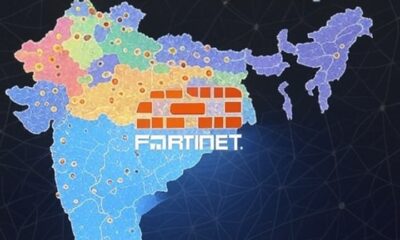
 data breaches6 days ago
data breaches6 days agoFrom VPN to FortiManager: Attack Pattern Suggests Preparation for New Exploit
-
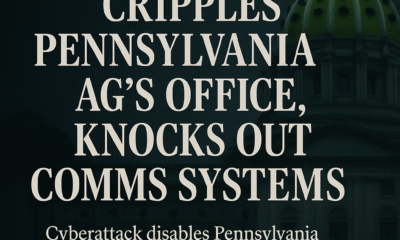
 data breaches4 days ago
data breaches4 days agoPennsylvania AG’s Website, Email Taken Down in Security Incident
-

 International7 days ago
International7 days agoFrom Rabat to the Sahel: Moroccan Builders Lead Africa’s Largest Road Project
-

 International1 week ago
International1 week agoEspionage in the Maghreb: Algerian-Spanish Deal to Counter Morocco Unearthed
-
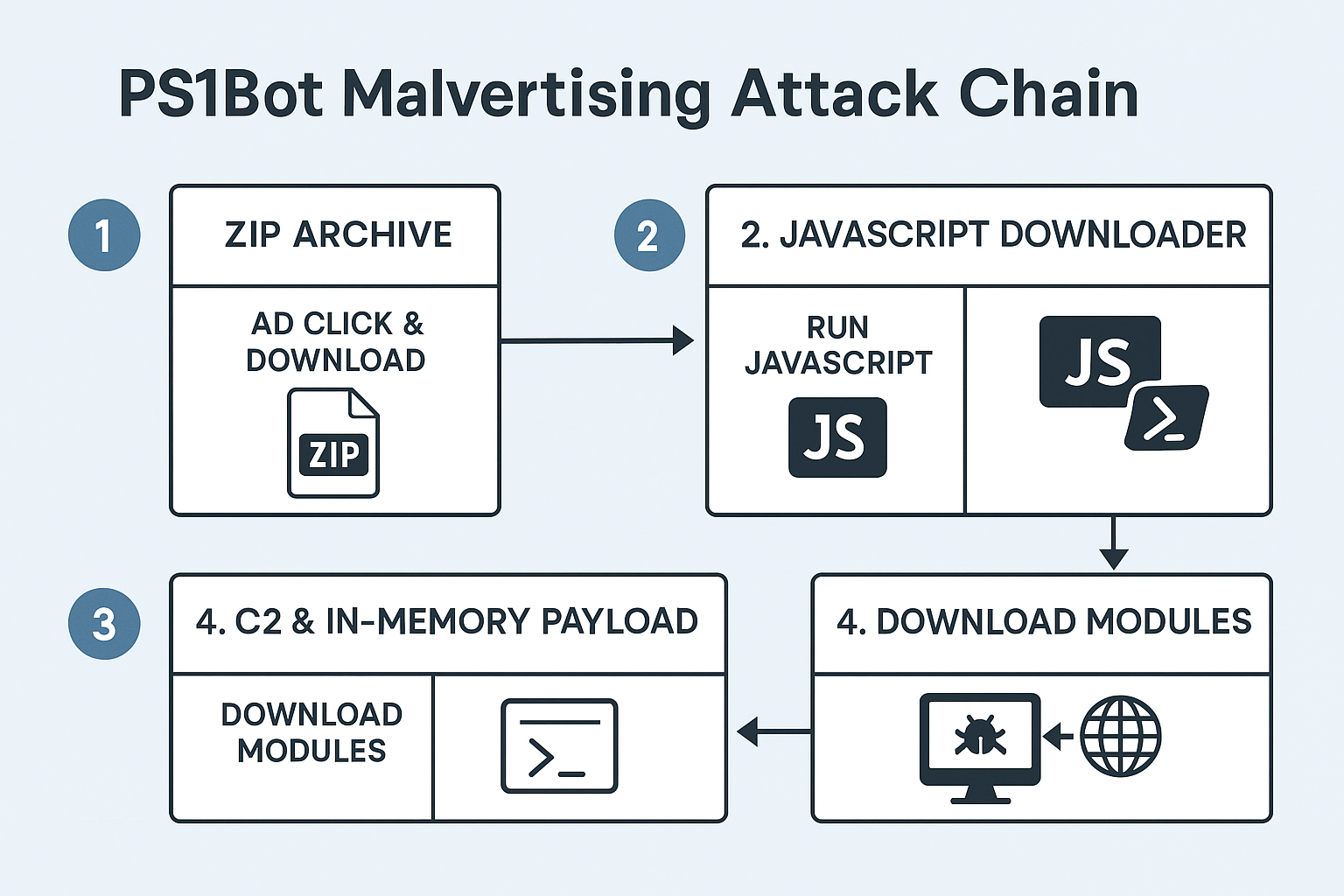
 data breaches5 days ago
data breaches5 days agoNew PS1Bot Malware Uses Fileless PowerShell for Data Theft


